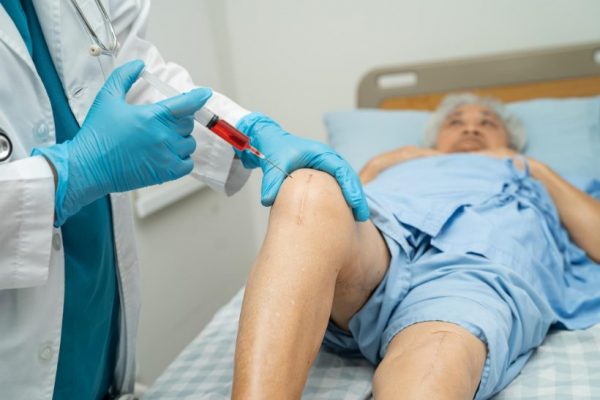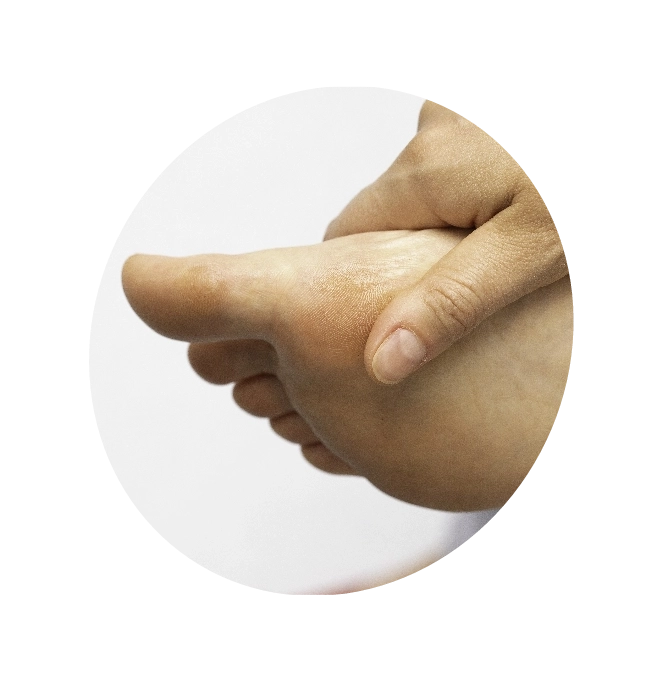What is Athlete’s Foot?
Usually, this condition affects the spaces between your toes, but it can spread to your toenails and the soles and sides of your feet.
An athlete’s foot is a skin infection that usually affects adults, however, children can also be susceptible. It mostly involves the feet but in some cases, it may spread to involve the palms and fingers.
Wearing clean, dry socks and changing shoes regularly can help in avoiding athlete’s foot. Treatment with over-the-counter medications usually works for mild cases. But if the symptoms persist or worsen, it is recommended to seek medical advice for oral medication.
Athlete’s Foot Symptoms
An athlete’s foot can be indicated by a variety of signs and symptoms, although a person may not always experience all of them.
- Itching, stinging and burning between your toes, especially the last two toes
- Itching, stinging and burning on the soles of your feet
- Itchy blisters
- Cracking and peeling skin, especially between your toes and on the soles of your feet
- Excessive dryness of the skin on the bottoms or sides of the feet
- Nails that are thick, crumbly, ragged, discolored, or pulling away from the nail bed
What causes Athlete’s Foot?
Dermatophytes, a collection of fungi, are responsible for the condition known as athlete’s foot. These organisms have tendrils that penetrate the skin’s topmost layer. In order to combat this fungal invasion, the skin’s base generates greater numbers of skin cells than normal.
As the fungi spread, they cause the nearby skin cells to multiply and push up to the surface. This makes the skin thick and scaly, forming a ring of infection around them. The more fungi are present, the more scales will be produced by the skin.
An athlete’s foot, otherwise known as tinea pedis or dermatophytosis, is a kind of fungal infection that closely resembles other skin issues caused by fungi. ‘Tinea’ denotes a type of fungus while ‘pedis’ is the Latin word for ‘foot.’
Tinea infections often cause a red, scaly ring or circle of rash on the surface layer of one’s skin. Additionally, these types of fungi-induced infections may be found in other areas such as athlete’s foot, jock itch, and ringworm.
This form affects your genitals, inner thighs, and buttocks.
This form is most common in children and involves red, itchy patches on the scalp, leaving bald patches.
Athlete’s Foot Treatment
For mild conditions, your doctor may advise you to apply a prescription or over-the-counter antifungal ointment, lotion, powder, or spray. Most infections respond well to these topical agents, which include:
If your fungal infection is severe or doesn’t respond to topical medications, your doctor may give you a prescription for oral medication. Oral medications include:
- Itraconazole (Sporanox)
- Fluconazole (Diflucan)
- Terbinafine (Lamisil)
According to the Food and Drug Administration (FDA), oral Sporanox and oral Lamisil may be linked to rare cases of liver failure and death.
Sporanox taken orally should not be recommended for individuals who have a pre-existing heart condition, as it has the potential to reduce the strength of the heart’s contractions.
Griseofulvin (Fulvicin, Grifulvin), an older oral medication, is not used as common nowadays due to the availability of more advanced medicines. Treating the infection can be successful but may require several months to completely eliminate it.
For bacterial infections, your doctor may recommend taking an oral antibiotic. This type of medication is administered orally and is effective in fighting the infection.
Your doctor may suggest certain methods to speed up the healing process of blisters or soggy skin, such as applying wet dressings, steroid ointments, compresses or vinegar soaks.
How can you prevent Athlete’s Foot?
These tips can help you avoid athlete’s foot or ease the symptoms if infection occurs:
- Keep your feet dry, especially between your toes. Go barefoot to let your feet air out as much as possible when you’re home.
- Go with natural materials. Wear socks that are made of natural material, such as cotton or wool, or a synthetic fiber designed to draw moisture away from your feet.
- Change socks and stockings regularly. If your feet sweat a lot, change your socks twice a day.
- Wear light, well-ventilated shoes. Avoid shoes made of synthetic material, such as vinyl or rubber.
- Alternate pairs of shoes. This allows time for your shoes to dry.
- Protect your feet in public places. Wear waterproof sandals or shower shoes in communal showers, pools, fitness centers, and other public areas.
- Treat your feet. Use an antifungal powder daily.
- Don’t borrow shoes. Borrowing risks of spreading a fungal infection.

